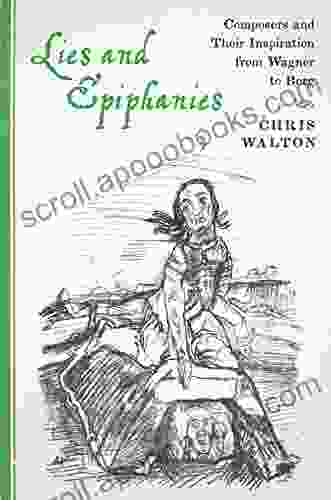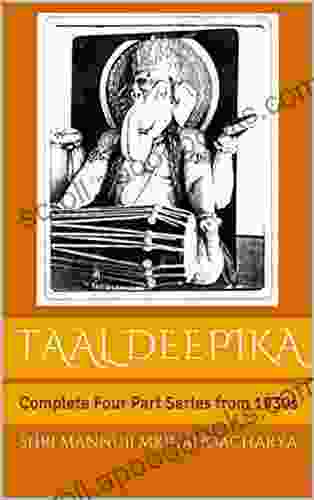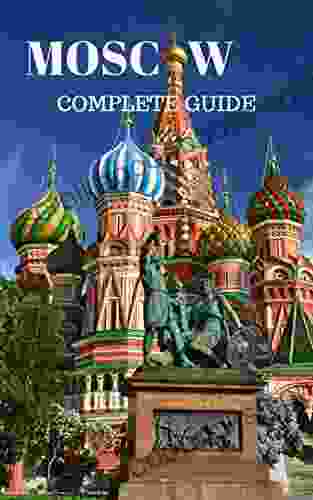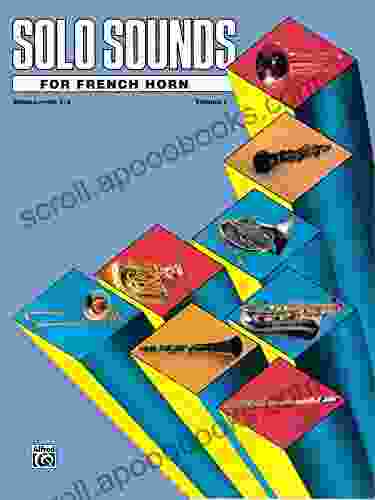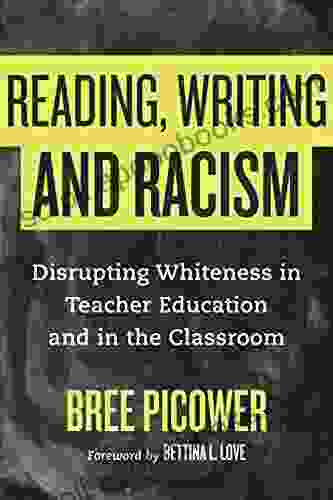Composers and Their Inspiration: From Wagner to Berg

Richard Wagner's towering figure casts a long shadow over the musical landscape of the late 19th and early 20th centuries. His groundbreaking innovations in opera and symphony left an indelible mark on subsequent generations of composers, inspiring them to push the boundaries of musical expression and explore new frontiers of sound and form.
4.1 out of 5
| Language | : | English |
| File size | : | 13107 KB |
| Text-to-Speech | : | Enabled |
| Screen Reader | : | Supported |
| Enhanced typesetting | : | Enabled |
| Word Wise | : | Enabled |
| Print length | : | 248 pages |
In this article, we will explore the inspiring influence of Wagner on the works of three major composers: Gustav Mahler, Arnold Schoenberg, and Alban Berg. These composers, each in their own unique way, were captivated by Wagner's music and sought to incorporate its elements into their own compositions.
Gustav Mahler
Gustav Mahler was one of the most important and influential composers of the late 19th and early 20th centuries. His symphonies are known for their grand scale, their emotional intensity, and their use of complex and innovative orchestration. Mahler was deeply influenced by Wagner's music, and this influence can be heard in many of his works.
One of the most striking examples of Mahler's debt to Wagner is his use of the leitmotif. Wagner developed the leitmotif as a way to associate specific musical themes with particular characters, objects, or ideas. Mahler adopted this technique and used it to great effect in his own symphonies. For example, in his Symphony No. 5, Mahler uses a leitmotif to represent the "fate" that dogs the protagonist throughout the work.
Mahler was also influenced by Wagner's use of harmony and orchestration. Wagner's music is known for its rich and complex harmonies, and Mahler often employed similar harmonic techniques in his own works. Additionally, Mahler was inspired by Wagner's use of large and colorful orchestras. Mahler's symphonies are often scored for a large orchestra, and he uses the orchestra to create a wide range of effects, from delicate and ethereal textures to massive and overpowering climaxes.
Arnold Schoenberg
Arnold Schoenberg was one of the most important and influential composers of the 20th century. He is known for his development of atonality and twelve-tone serialism, two of the most important musical innovations of the 20th century. Schoenberg was also deeply influenced by Wagner's music, and this influence can be heard in many of his works.
One of the most striking examples of Schoenberg's debt to Wagner is his use of dissonance. Wagner's music is often characterized by its use of dissonance, and Schoenberg adopted this technique and used it to even greater extremes. Schoenberg's music is often harsh and dissonant, but it is also full of beauty and emotion.
Schoenberg was also influenced by Wagner's use of form and structure. Wagner's operas are often large and complex, and they often employ a leitmotif system to unify the work. Schoenberg adopted these techniques and used them in his own compositions. For example, his opera Gurre-Lieder is a large and complex work that uses a leitmotif system to unify the work.
Alban Berg
Alban Berg was one of the most important and influential composers of the 20th century. He is known for his operas, which are often characterized by their use of atonality, twelve-tone serialism, and other modernist techniques. Berg was also deeply influenced by Wagner's music, and this influence can be heard in many of his works.
One of the most striking examples of Berg's debt to Wagner is his use of the human voice. Wagner's operas are known for their use of the human voice, and Berg adopted this technique and used it to great effect in his own operas. Berg's operas are often characterized by their use of complex and demanding vocal writing, and he often uses the voice to express a wide range of emotions.
Berg was also influenced by Wagner's use of harmony and orchestration. Wagner's music is known for its rich and complex harmonies, and Berg often employed similar harmonic techniques in his own works. Additionally, Berg was inspired by Wagner's use of large and colorful orchestras. Berg's operas are often scored for a large orchestra, and he uses the orchestra to create a wide range of effects, from delicate and ethereal textures to massive and overpowering climaxes.
Richard Wagner was one of the most important and influential composers of the 19th century. His innovations in opera and symphony left an indelible mark on subsequent generations of composers, inspiring them to push the boundaries of musical expression and explore new frontiers of sound and form. The works of Gustav Mahler, Arnold Schoenberg, and Alban Berg are just a few examples of the many composers who were inspired by Wagner's music. These composers, each in their own unique way, incorporated elements of Wagner's music into their own compositions, creating some of the most important and influential music of the 20th century.
4.1 out of 5
| Language | : | English |
| File size | : | 13107 KB |
| Text-to-Speech | : | Enabled |
| Screen Reader | : | Supported |
| Enhanced typesetting | : | Enabled |
| Word Wise | : | Enabled |
| Print length | : | 248 pages |
Do you want to contribute by writing guest posts on this blog?
Please contact us and send us a resume of previous articles that you have written.
 Book
Book Novel
Novel Page
Page Chapter
Chapter Text
Text Story
Story Genre
Genre Reader
Reader Library
Library Paperback
Paperback E-book
E-book Magazine
Magazine Newspaper
Newspaper Paragraph
Paragraph Sentence
Sentence Bookmark
Bookmark Shelf
Shelf Glossary
Glossary Bibliography
Bibliography Foreword
Foreword Preface
Preface Synopsis
Synopsis Annotation
Annotation Footnote
Footnote Manuscript
Manuscript Scroll
Scroll Codex
Codex Tome
Tome Bestseller
Bestseller Classics
Classics Library card
Library card Narrative
Narrative Biography
Biography Autobiography
Autobiography Memoir
Memoir Reference
Reference Encyclopedia
Encyclopedia Braeden Michaels
Braeden Michaels Brian Beker
Brian Beker Brian Michael Jenkins
Brian Michael Jenkins Betty Adams
Betty Adams John L Luckner
John L Luckner Brent Tyman
Brent Tyman Frank Wedekind
Frank Wedekind Kailin Gow
Kailin Gow Bob Stewart
Bob Stewart Beverley Louis
Beverley Louis Joseph O Neill
Joseph O Neill Billy Edd Wheeler
Billy Edd Wheeler Fina Casalderrey
Fina Casalderrey Guillermo Del Toro
Guillermo Del Toro William Makepeace Thackeray
William Makepeace Thackeray Felice Vinci
Felice Vinci Jeremy Black
Jeremy Black Brian Groves
Brian Groves Bree Wolf
Bree Wolf M R Graham
M R Graham
Light bulbAdvertise smarter! Our strategic ad space ensures maximum exposure. Reserve your spot today!

 Luke BlairWhiskey Roses Thriller: The Alexander King Prequels - Enter the Shadowy Realm...
Luke BlairWhiskey Roses Thriller: The Alexander King Prequels - Enter the Shadowy Realm... Greg CoxFollow ·7.5k
Greg CoxFollow ·7.5k Tyrone PowellFollow ·18.6k
Tyrone PowellFollow ·18.6k Steve CarterFollow ·4.3k
Steve CarterFollow ·4.3k Carlos FuentesFollow ·11.9k
Carlos FuentesFollow ·11.9k Nick TurnerFollow ·8.4k
Nick TurnerFollow ·8.4k Rodney ParkerFollow ·10.6k
Rodney ParkerFollow ·10.6k Art MitchellFollow ·6.2k
Art MitchellFollow ·6.2k F. Scott FitzgeraldFollow ·16k
F. Scott FitzgeraldFollow ·16k
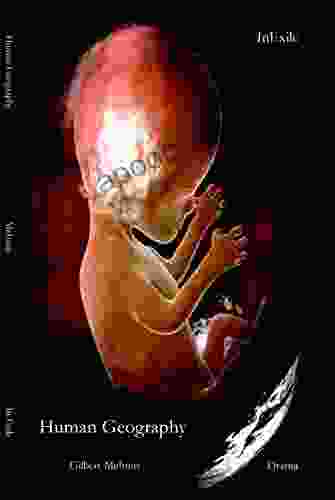
 Corey Green
Corey GreenHuman Geography: A Concise Introduction by Gilbert...
A Journey into the Dynamic Realm of...
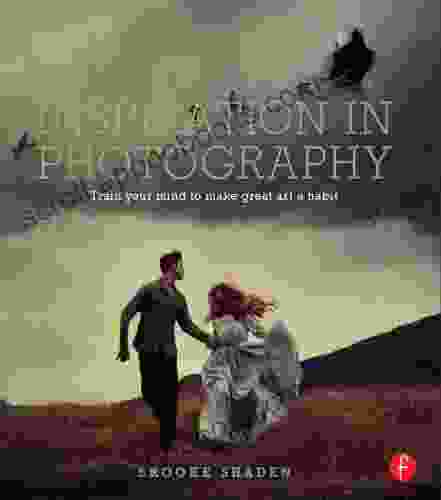
 Julian Powell
Julian PowellTrain Your Mind to Make Great Art a Habit
Do you dream of...

 Matthew Ward
Matthew WardSmall Town Romance: Heart Compass
Escape to Willow Creek, Where...
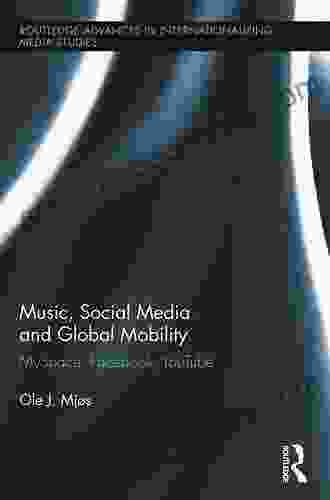
 Neil Parker
Neil ParkerMusic, Social Media, and Global Mobility: Exploring...
: The Convergence of Music, Media, and...
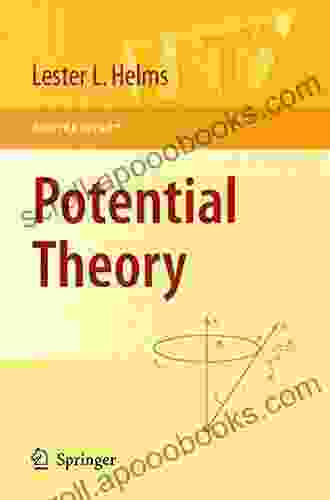
 Seth Hayes
Seth HayesUnlock the Potential of Potential Theory with Brooke...
Embark on an...
4.1 out of 5
| Language | : | English |
| File size | : | 13107 KB |
| Text-to-Speech | : | Enabled |
| Screen Reader | : | Supported |
| Enhanced typesetting | : | Enabled |
| Word Wise | : | Enabled |
| Print length | : | 248 pages |


